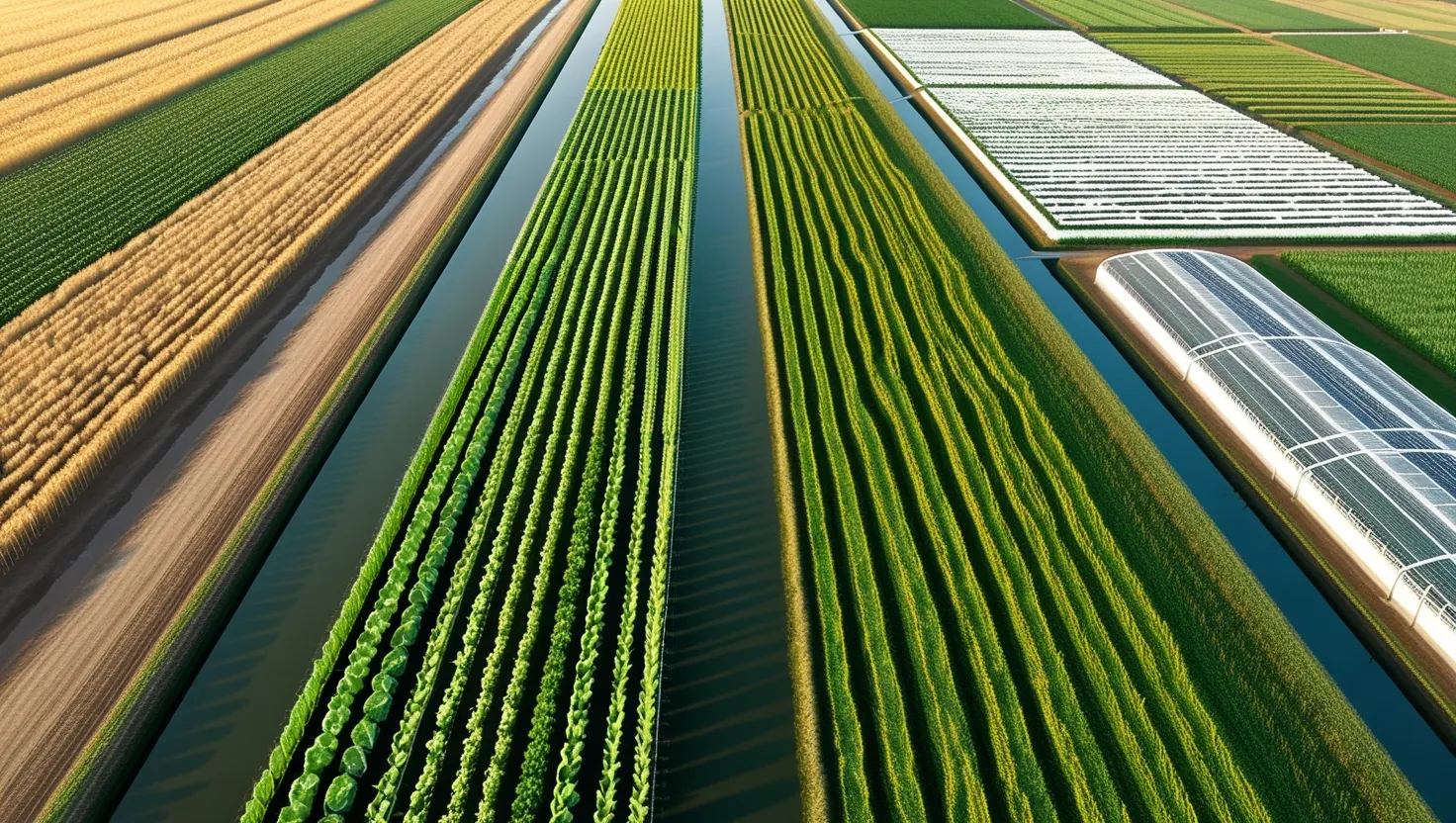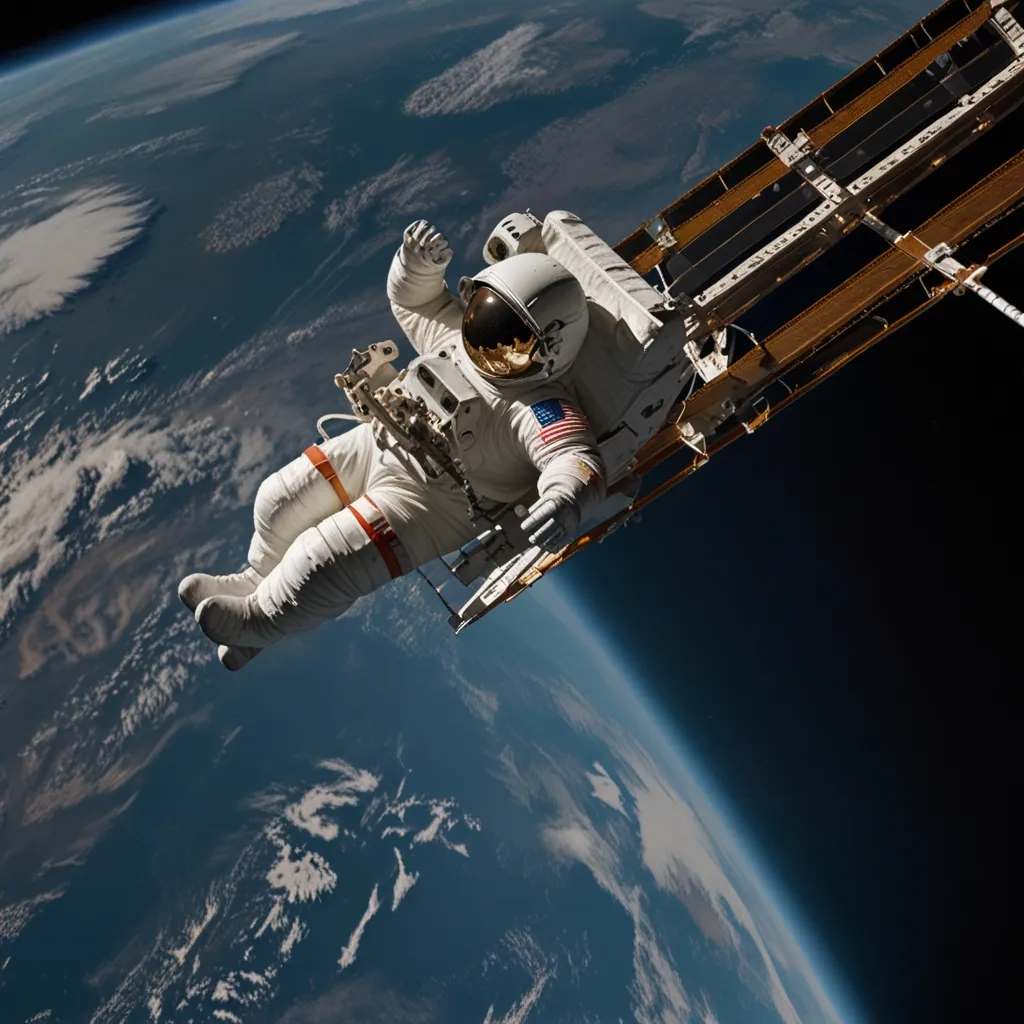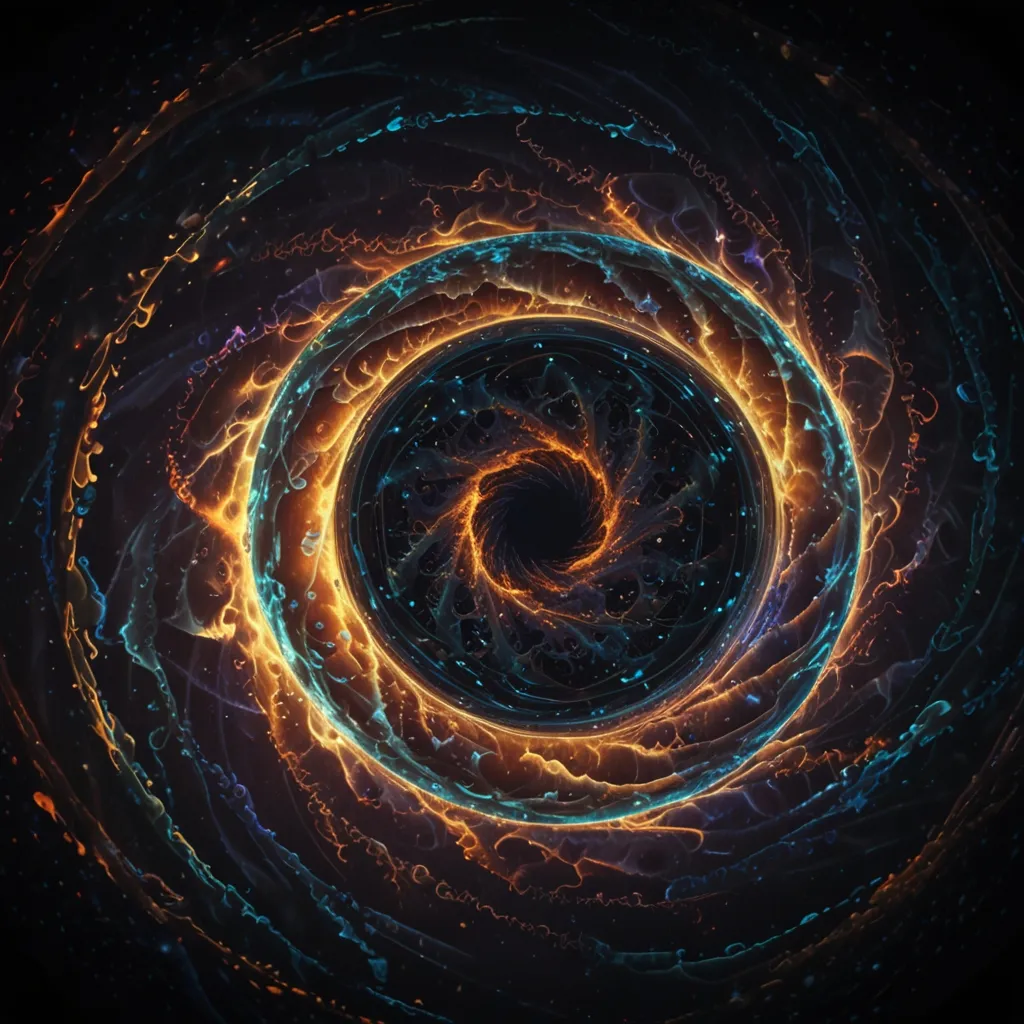Imagine driving down a highway, the hum of your engine and the rush of the wind the only sounds you hear, but beneath you, something revolutionary is happening. The roads you travel on are being transformed into power generators, harnessing the kinetic energy of passing vehicles and converting it into electricity. This innovative technology, known as piezoelectric energy harvesting, has the potential to revolutionize the way we think about energy production and sustainable urban development.
At the heart of this technology is the principle of piezoelectricity. Certain materials, when subjected to mechanical stress, such as the pressure from a vehicle’s tires, generate an electric charge. By embedding these piezoelectric materials into road surfaces, researchers and engineers are creating systems that can capture and convert the mechanical energy from traffic into electrical energy.
One of the most compelling aspects of piezoelectric road energy harvesting is its ability to provide power in remote or hard-to-reach areas. In many parts of the world, especially in rural or developing regions, access to reliable electricity is a significant challenge. Piezoelectric roads can be installed in these areas, generating electricity from the traffic that passes over them, even if the infrastructure for traditional power distribution is lacking. This can be a game-changer for communities that have long struggled with power outages or limited access to electricity.
The science behind this technology is fascinating. When a vehicle drives over a piezoelectric material embedded in the road, the weight and movement of the vehicle apply mechanical stress to the material. This stress causes the material to deform, which in turn generates an electric charge. The design of these systems is crucial; researchers have developed innovative configurations such as multilayered piezoelectric elements and compression-activated devices to maximize the energy output.
For instance, a recent project at the University of California, Merced, demonstrated the potential of piezoelectric energy harvesting on a large scale. The team designed a system that could generate an impressive 72,800 kilowatt-hours of energy per year from just one mile of a one-lane highway. When scaled up, this technology could have a significant impact on reducing carbon emissions. If all the lane miles in California were equipped with these devices, it could result in a reduction of 115 million metric tons of carbon dioxide annually.
The potential applications of this technology are vast. Beyond powering streetlights and feeding energy back into the grid, piezoelectric roads could also be used to charge electric vehicles on the go. Imagine driving an electric car that never needs to stop at a charging station because the road itself is charging your battery as you drive. This could be a major step forward in promoting the adoption of electric vehicles and reducing our reliance on fossil fuels.
However, there are also challenges to overcome before this technology can be widely implemented. One of the main hurdles is the cost. While the materials and designs are becoming more efficient, the initial investment required to install these systems on a large scale is still significant. Researchers are working to reduce the cost per kilowatt, aiming for figures around $9,010 per kilowatt, which is more feasible for widespread adoption.
Another challenge is the durability and lifespan of the piezoelectric materials. These materials need to withstand the constant stress and vibration from traffic, as well as various environmental conditions such as weather and temperature changes. Current estimates suggest that these systems can last up to 20 years, but further research is needed to ensure their long-term reliability.
The installation process itself is also complex. The position and design of the piezoelectric harvesters must be carefully planned to maximize energy production. Factors such as traffic volume, vehicle weight, and road surface characteristics all play a role in determining the optimal configuration. For example, heavy trucks can generate significantly more energy than smaller vehicles, so roads with high truck traffic could be particularly effective for energy harvesting.
Despite these challenges, the potential benefits of piezoelectric road energy harvesting are too great to ignore. This technology aligns perfectly with the global push towards renewable energy and sustainable development. It offers a unique opportunity to harness energy from an otherwise wasted resource – the kinetic energy of traffic – and convert it into a valuable asset.
In addition to its environmental benefits, this technology could also have economic and social impacts. By providing a new source of renewable energy, it could help stabilize energy prices and reduce the financial burden on communities that struggle with high energy costs. It could also create new job opportunities in the fields of engineering, installation, and maintenance.
As I imagine the future of our roads, I see not just pathways for travel but dynamic, energy-generating systems that contribute to a more sustainable world. The idea that every car, truck, and bus that drives by could be generating electricity is both exciting and promising. It’s a vision of a world where technology and nature coexist in harmony, where our daily activities become sources of renewable energy.
Piezoelectric roads are more than just an innovative technology; they represent a shift in how we think about energy production and consumption. They challenge us to look at our infrastructure in a new light, to see roads not just as pathways but as potential power generators. As we continue to develop and refine this technology, we are not only paving the way for a more sustainable future but also redefining what it means to travel and to live in a world powered by the energy we create together.






